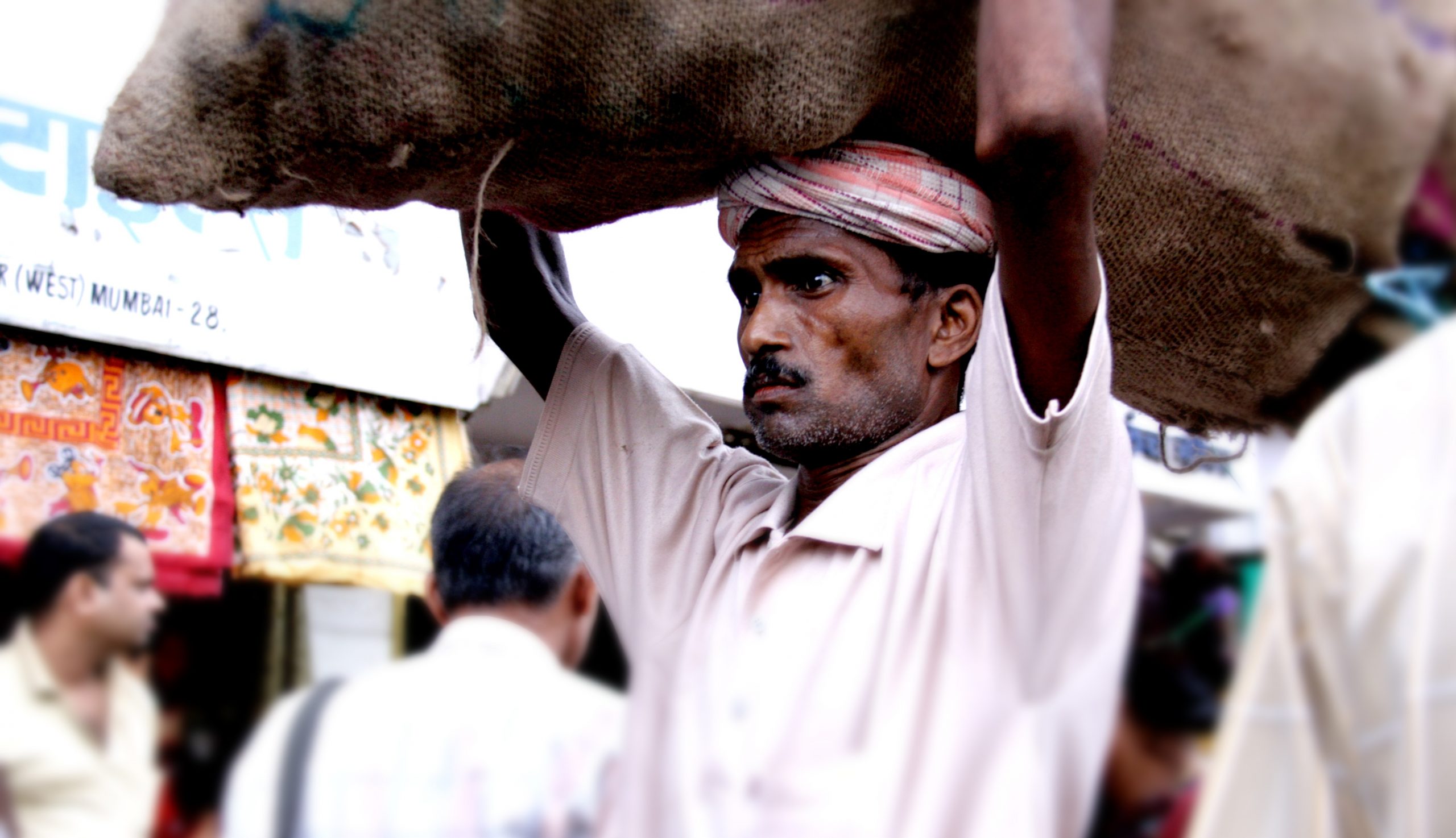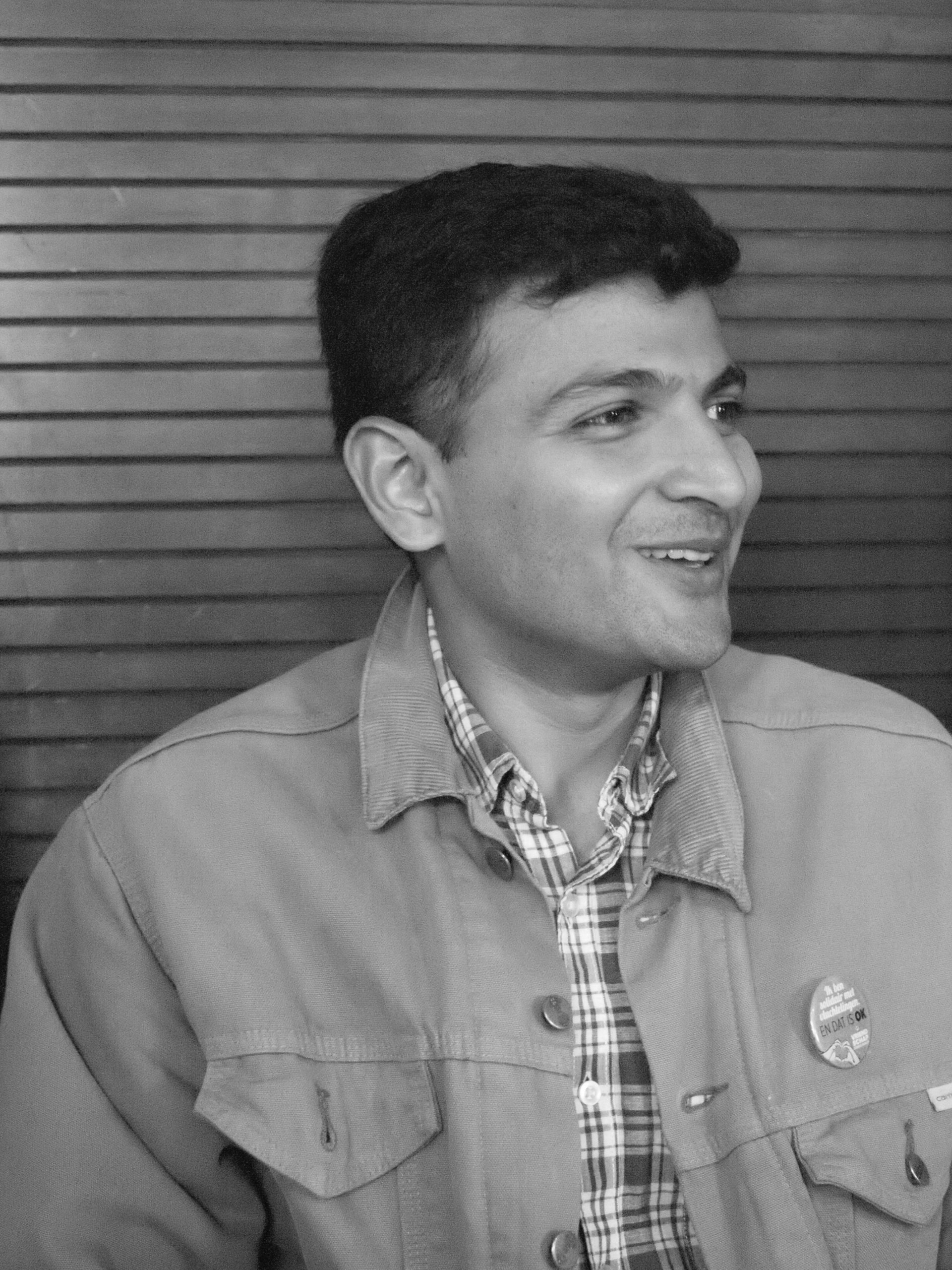With the world’s largest emigrant population, hundreds of millions internal migrants, and one of the largest immigrant populations in the world, India’s development story is deeply interlinked with migration. Systemically, important industries like textiles and construction are almost entirely dependent on migrant labour, while remittances form the backbone of economies as diverse as Kerala and Bihar. No social or economic policy area or developmental programme can function without engaging with migrants. Yet, there is no comprehensive migration policy framework at the central or state level in India. Even the nonprofit sector and civil society in general, have not engaged with this issue in a direct and sustained manner, with some notable exceptions such as Aajeevika Bureau and Centre for Migration and Inclusive Development.
There are many interventions and policies that support migrants, albeit indirectly. And unfortunately, most of them exist in silos.
There is no comprehensive migration policy framework at the central or state level in India.
As a result, most interventions and policies are unable to fully grasp the particularities of migrant lives and decision making. For instance, initiatives targeting migrant workers often ignore their families (both at source and destination). Policies to prevent human trafficking focus only on intermediaries (contractors, sub-contractors, and recruiters) while ignoring the role of employers, and the overall shortage of decent and safe jobs in the economy. As a result such policies are not only ineffective but also invariably curtail people’s ability to migrate.

Related article: How India’s state borders inhibit migration
One natural solution is the inclusion of migrants themselves in designing and implementing projects. A recent ILO report on the lessons learnt from their Work in Freedom programme has excellent insights on this front.
At India Migration Now, the organisation I lead, we engage with many nonprofit, industry, and government organisations to better understand how migrants are supported in India. Based on these interactions, I would like to make three interdependent suggestions to ensure policies and interventions for migrants are more effective:
1. Place the migrant household at the centre of any initiative to support migrants
Migration is one of many important livelihood strategies utilised by migrant households. Such households tend to be multi-locational ie. they are located at source and destination(s). By placing multi-locational households at the centre of their approach, policies and intervention can be more in tune with migrants’ own aspirations and decision making.
It is important to remember that a migrant is an important contributing family member but not the only contributing family member. Invariably, families at both source and destination (often multiple destinations) work together to maximise the benefits of migration. For instance, the initial cost of migration is often borne by the whole household. Focusing only on individual migrant workers, as is the case for most initiatives in India, also invisibilises the role of women and children (whether migrants or left behind). This amnesia is best personified by government schemes such as those under the Building and Other Construction Worker Act (BOCW), which solely focus on family members at destinations. As a result many construction workers (most of whom are migrants) do not see any value in registering to avail BOCW benefits.


No social or economic policy area or developmental programme can function without engaging with migrants | Picture courtesy: Pxhere
2. Factor in the entire migrant life cycle
The household level approach has to be combined with the entire migration life cycle: pre-departure, journey, destination, and return. We need to factor in the challenges and opportunities at every stage for migrants and their households when developing interventions and policies. Only such an approach can exhaustively address migrants’ needs.
We need to factor in the challenges and opportunities at every stage for migrants and their households.
For instance: globally, today, 1 in 4 migrants is a return migrant. In fact, increasingly many Indian migrants abroad, especially those in the Gulf, return home; the current estimate of return migration in the state of Kerala alone ranges between 1.2 to 1.5 million. But little has been done to reintegrate and utilise the opportunities these returnees have to offer, in terms of skill, capital or experience. Most policies (such as the Emigration Act) and programmes in India have focused only on pre-departure and destination with an overwhelming focus on the amount of remittances received. This has curtailed the developmental impact of migration in India.
A great initiative to emulate on this front is the Tres Por Uno or 3×1 Program for Migrants in Mexico, which incentivises Mexicans living abroad to channel their remittances into projects and investments benefitting their home communities in Mexico. For every peso sent by migrants, the federal, state, and municipal governments add 3 pesos each, hence the name: 3×1.
Related article: Women, work, and migration
3. Understand, engage, and coordinate with all stakeholders
The complexity of migration is primarily driven by the diverse multitude of stakeholders involved. Whether at the source (households, migrant welfare organisations, local/state/central government, nonprofits, home communities, labour markets, political parties, etc.), the destination (employers, native workers/unions, governments, investors, host communities, political parties, etc.) or globally (multilateral institutions and policymakers, multinational companies, etc.), each stakeholder influences and is impacted by different stages of the migrant life cycle.
Comprehensive stakeholder mapping is essential to isolate all the relevant stakeholders for policies and programmes that support migrants. The roles and needs of each stakeholder also need to be identified and understood exhaustively. Based on this assessment, a strategy that aligns stakeholders’ interests and enables collective implementation will give all the relevant stakeholders a sense of ownership in the migration process. Such an approach can exponentially increase the uptake, impact and scale of policies and interventions.
Despite their numbers and centrality to the developmental process, migrant lives throughout India are characterised by increasing informality, unsafe work conditions, income shocks, and labour market discrimination. The inequalities, hierarchies, and uncertainties driving migration are being reproduced at destinations—for instance, migrants from scheduled castes and scheduled tribes continue to be employed in the most unsafe and lowest paid occupations in cities.
It is essential that government and the development sector develop policies and interventions that fully address the needs of migrants and their households. Understanding migrant lives and decision making is the first step towards in this process.




